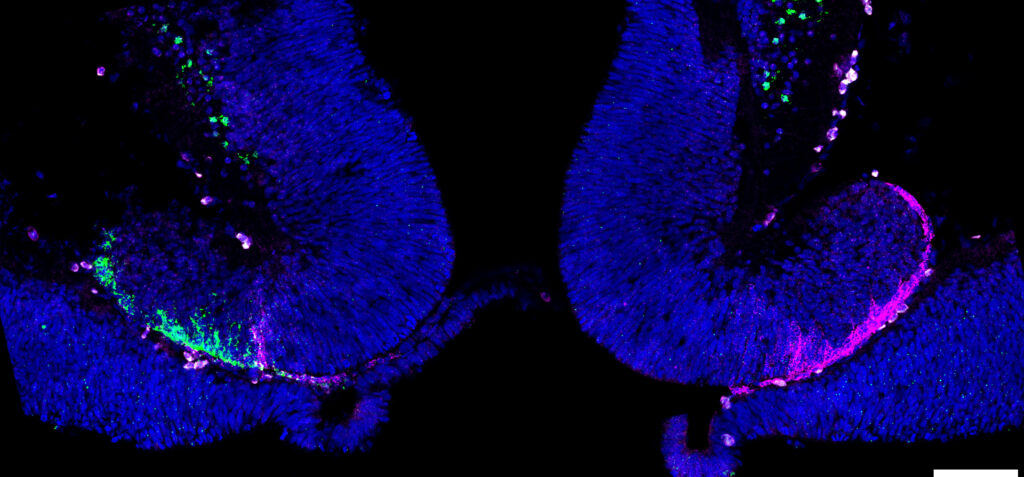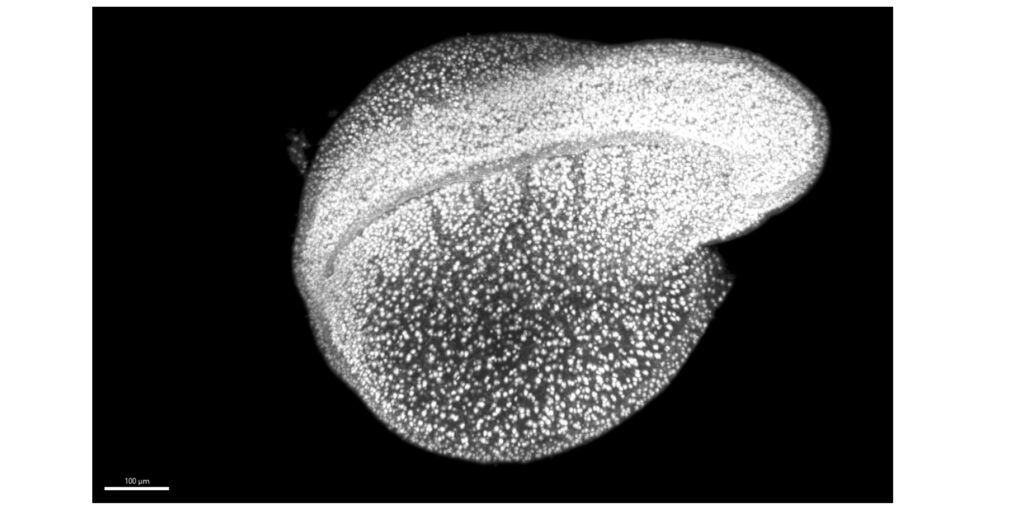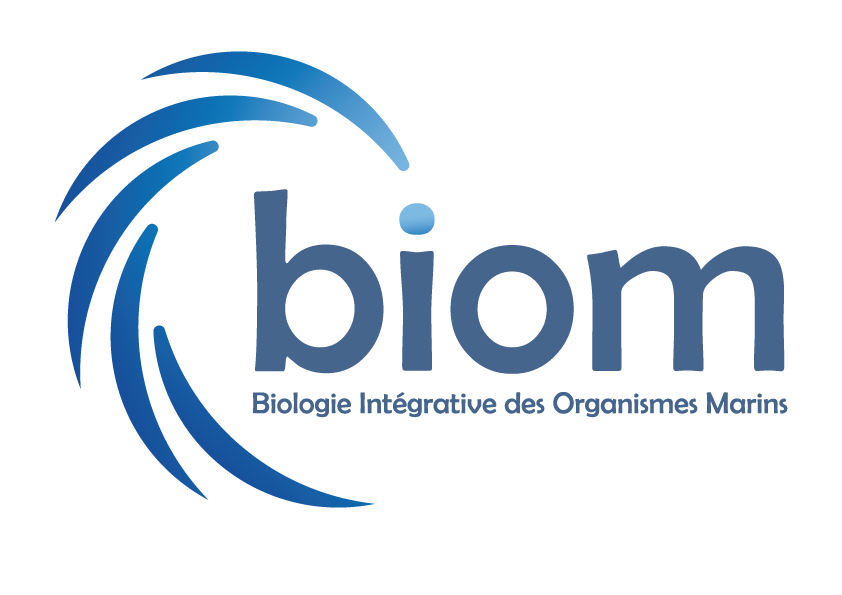How neuronal identities diversify both during ontogeny and evolution in the vertebrate forebrain is a fascinating question. Habenulae, a key epithalamic integrating center, provide an excellent system to address this issue. In many vertebrates, they display asymmetries, which can considerably vary in nature and degree between the left and the right side. Our work aims at deciphering the trends and developmental driving forces, which shape these variations across vertebrates. To do so, we primarily focus on two species selected both by their phylogenetic position and by the marked habenular asymmetries which they display, a cartilaginous fish, the catshark Scyliorhinus canicula, and a cyclostome, the lamprey Lampetra fluviatilis. Results obtained in the catshark indicate that the evolution of habenulae followed differential routes in actinopterygians and actinopterygians, from an ancient, highly asymmetric organization retained by chondrichthyans. They also suggest that this diversification involved a conserved developmental logic, relying on interactions between a temporal regulation of neurogenesis and an asymmetric Wnt activity, modifying neuronal identities, and prone to evolutionary variations in time and space. Our work aims at further testing these hypotheses, via analyses of a broader range of vertebrates and the combination of 3D profiling and functional approaches. We focus on three main questions:

This analysis aims at obtaining unbiased characterizations of habenular asymmetries in a broad range of vertebrates (e.g. lamprey, catshark, lungfish, bichir), using combinations of snRNA-seq and 3D RNA profiling approaches (Tomo-seq, Stereo-seq). Analysis of efferent projection patterns are conducted in parallel, in collaboration with the group of M. Concha, Chile.
By their rich repertoire of habenular asymmetries,, the catshark and the lamprey are excellent model organisms for this question. Our analyses aim at establishing cell transcriptional trajectories in developing habenulae using snRNA-seq and HCR-FISH. We also address the mechanisms regulating progenitor identities and asymmetries, with a focus on Wnt signaling.
Results obtained as part of a collaborative project with R. Reshef (University of Haifa) and M. Schubert (Oceanological Observatory, Villefranche sur Mer) suggest an ancestral contribution of segmented somitic mesoderm to pronephric intermediate mesoderm. This hypothesis contrasts with traditional views of intermediate mesoderm as a distinct, non-segmented mesoderm component in vertebrates. A related question was in parallel raised by the Bertrand group, who found that in amphioxus, all non-axial mesoderm derivatives derive from a segmented mesoderm layer, contrary to vertebrates, which harbor a non-segmented lateral mesoderm component (lateral plate mesoderm). These observations led to a joined collaboratory project with these groups, aimed at assessing the contribution of somites to intermediate mesoderm or lateral plate mesoderm in the lamprey and in the catshark in order to infer the vertebrate ancestral state.
Our experimental strategy relies on a combination of morphological characterizations of mesoderm formation and RNA-seq approaches. We use high resolution 3D imaging and analysis of histological sections to characterize intermediate and lateral plate mesoderm and search evidence for segmentation when they first individualize. We are currently adapting snRNA-seq approaches to the early development of the catshark and the lamprey, in order to reconstruct the transcriptional trajectories underlying the segregation of the different mesoderm components.







